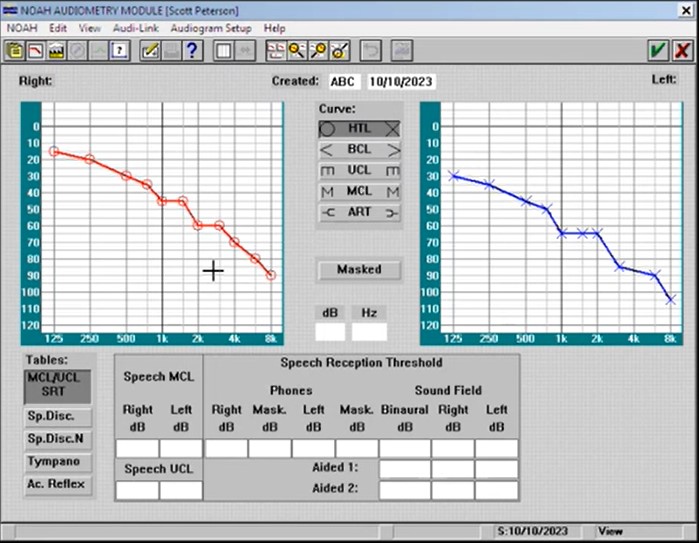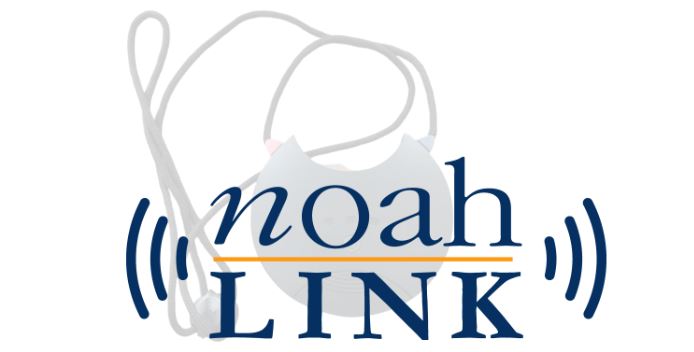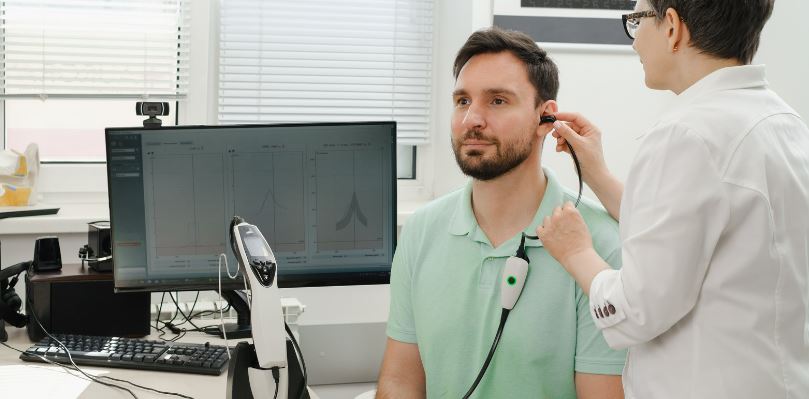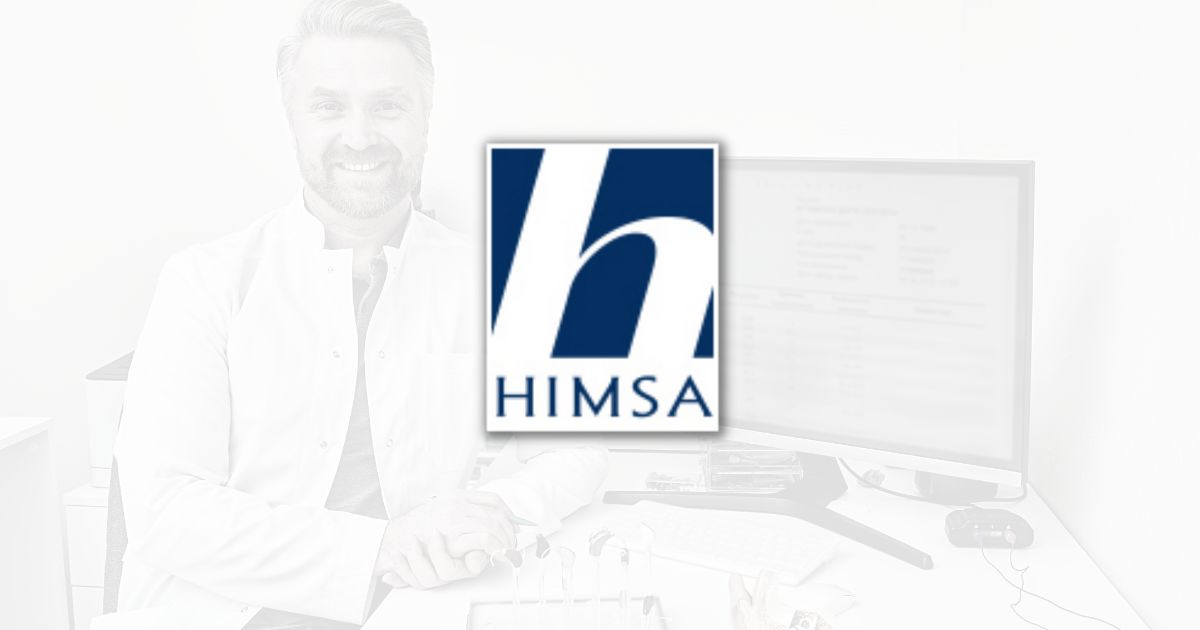After three decades of operation, the Hearing Instrument Manufacturers’ Software Association (HIMSA) and its renowned Noah Standard have cemented their positions as integral components of the hearing care industry.
A collaborative endeavor that emerged in 1993, this alliance has transformed the landscape of hearing care. Here’s a comprehensive look at the journey of HIMSA and the Noah Standard over the past 30 years.
HIMSA: 1993 to 2023
1993 – The Birth of Cooperation In 1993, the hearing care market was witnessing a sluggish transition to programmable hearing instruments and the underutilization of digital technology. GN Danavox (now GN Resound), Oticon, Phonak, and Widex recognized the need for collective action to improve patient care, enhance audiology practices, and benefit their own interests. This led to the formation of HIMSA, or the Hearing Instrument Manufacturers’ Software Association. HIMSA’s visionary mission was to foster collaboration among competitors and revolutionize the industry.
“The move to programmable hearing instruments was going very slowly. And the benefits of digital technology were not being fully realized. GN Danavox, Oticon, Phonak, and Widex had the foresight to recognize the need for cooperation. By working together, they could improve the situation for patients, audiologists, and themselves as well.”
–Arild Rasmussen, Managing Director of HIMSA
1994 – Unifying Patient Databases In May 1994, HIMSA took a significant step by releasing the first Noah software, introducing a unified patient database to hearing care professionals in Germany. This marked the inception of a new era in audiology, simplifying and unifying the process of programming hearing instruments, a substantial leap forward.
1996 – Expanding Membership and Sales By October 1994, a mere five months after the launch of Noah, 17 companies supported the Noah standard. Within a year, this number expanded to over 30, and by November 1996, 48 companies endorsed the Noah standard. This widespread support was crucial in ensuring the seamless functionality of Noah software and enabled the trouble-free sharing of Noah patient data.
During the same period, the adoption of Noah had a profound impact on programmable hearing instruments. In 1994, programmable hearing instruments had only a 6 percent market share. Just two years later, this share doubled to 13 percent, largely due to the user-friendly Noah software.

2000 – Introduction of NOAH System 3 After six years of growth, HIMSA launched NOAH System 3, representing the first major upgrade of Noah. This new version was designed with insights from member companies and hearing professionals to better meet the evolving needs of the industry. It provided a stable platform that supported hearing professionals in their daily tasks for over a decade.
2003 – NOAHlink Wireless Programming In 2003, the industry approached HIMSA to develop the next generation of programming interfaces, resulting in the creation of the wireless NOAHlink interface. By its peak, major instrument manufacturers widely supported NOAHlink, with over 80,000 units in use worldwide.

2011 – User-Centric Noah 4 In 2011, HIMSA initiated the development of Noah 4, gathering feedback directly from Noah users. This user-driven approach led to a new, modern interface based on advanced technology, with a focus on improved usability and functionality.
2012 – Noah Users Group (NUG) To maintain close communication with hearing professionals, HIMSA established the Noah Users Group (NUG) in 2012. This platform allowed hearing professionals to provide valuable feedback, helping HIMSA fine-tune their products and services to better meet the needs of Noah users.
2015 – Noah Goes Mobile In 2015, HIMSA introduced Noah Mobile, enabling hearing professionals to work with Noah patient data using iOS or Android tablets, both in-office and remotely. This development facilitated the integration of Noah with various web-based and tablet-based audiometer products.

2016 – Noahlink Wireless and BLE In September 2016, HIMSA launched Noahlink Wireless, the industry-standard device for programming Bluetooth Low Energy (BLE) enabled hearing instruments. It became an essential tool in a rapidly evolving landscape of BLE-enabled hearing aids, with significant support from major manufacturers.
2022 – Noah ES and the Cloud In 2022, HIMSA released Noah Extended Services (Noah ES), a cloud-enabled version of Noah. This innovation allows hearing care professionals access to patient data 24/7 from anywhere with an internet connection, offering security, reliability, and compliance with data protection standards.
HIMSA – Today and Tomorrow
With over 150 companies supporting the Noah standard and more than 35,000 audiologists across 100 countries using Noah-related systems, the future holds promise.

HIMSA continues to collaborate closely with hearing care professionals to simplify and standardize audiological tasks, ensuring the industry evolves to meet the ever-changing needs of patients and audiologists.
Source: HIMSA







